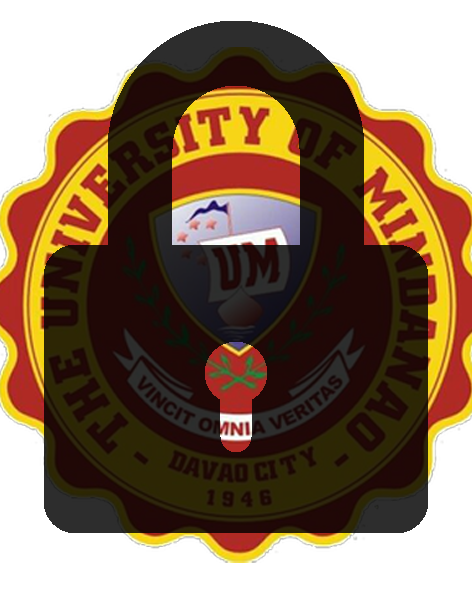A closer look at Korean students' written discourse
Abstract
This institutional research aimed to identify the common linguistic problems
encountered by Korean students in written discourse. The researcher applied
the descriptive method through Discourse Analysis and document review by
collecting written outputs from 30 purposively selected Korean students
enrolled in the University of Mindanao and various schools in Davao City at the
time of this investigation. Specific morphosyntactic features were coded in
matrix form based on the eight parts of speech and other linguistic features
involved in writing. Based on the data gathered, the researcher discovered the
four morphological processes are evident in their written discourses: affixation,
compounding, allomorphs, and borrowing. There was no derivation, stress shift,
clipping, acronym, blending, backformation, brand adoption, and
onomatopoeia. In spelling, the incorrect orthographic representations in their
write-ups are linguistically categorized as common nouns and proper nouns.
The three most common syntactic problems were verb tenses, pronoun use,
and pluralization of nouns aside from these spelling issues. In addition to the
three aforementioned major syntactic issues, several writing mistakes were
worth noticing, such as prepositions, punctuations, capitalizations, articles,
adjectives, adverbs, subject-verb agreement, conjunctions, word choice,
spelling, and sentence surface structure. Therefore, with these findings, It is
pretty essential to conduct further study to look into the factors that influence
the English language learning and acquisition of international students such as
Koreans.
Keywords: language, second language learning, written discourse, grammar,
Korean students, qualitative, Philippines
Collections
Publisher
Research and Publication Center - Institutional Research

